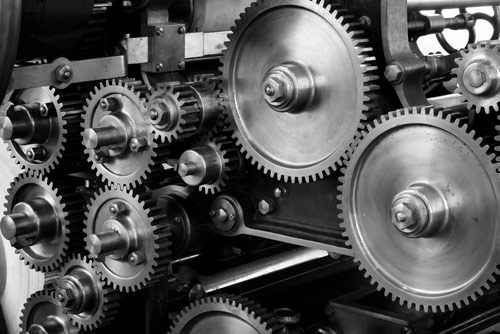How To Automate Defect Detection with Machine Vision
Quality assurance (QA) began as a philosophy during the Industrial Revolution. In the late 19th century, American engineer Frederick Winslow Taylor developed a new system for improving efficiency and productivity in factories. His methods focused on providing training for employees, rather than allowing them to just learn on the job. The protocols Taylor implemented were also based in science, which is why he also promoted rigorous documentation. (more…)
3 Flexible Automation Examples Explained
When industries utilize tools and systems that allow them to quickly change from one task to another, it’s referred to as flexible automation. Engineering robots or automated systems to switch from one type of operation to another via a command change to a controller or altering a line of code in software enables smart manufacturing facilities to quickly adjust when needed. For example, robot arms can be pre-programmed to conduct a variety of tasks along a production line, such as drilling holes inserting rivets or screws, sanding, spray-painting or welding. (more…)
The Importance of Industrial Robot Maintenance

Preventative maintenance is necessary for any sort of industrial automation. Engineering better maintenance strategies for robots will increase their lifespans markedly. This will help ensure manufacturing automation equipment continues to perform properly and with sufficient accuracy on a day-to-day basis, along with guaranteeing the manufacturer’s best return on investment (ROI).
In the world of manufacturing, automation equipment failures are mitigated by conducting preventative maintenance, leading to lower repair costs, less downtime, more uptime, and more predictable timetables for fabrication. Implementing maintenance routines to prevent breakdowns helps maximize productivity in any industrial environment that utilizes robots and other custom automation. (more…)